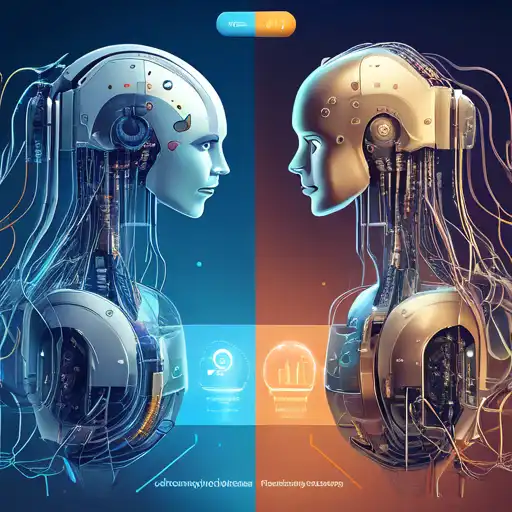Introduction to Machine Learning and Deep Learning
In the rapidly evolving field of artificial intelligence (AI), machine learning and deep learning stand out as two of the most significant and talked-about technologies. While they are often used interchangeably, there are key differences that set them apart. This article delves into these differences, helping you understand which technology might be best suited for your needs.
What is Machine Learning?
Machine learning is a subset of AI that enables systems to learn from data, identify patterns, and make decisions with minimal human intervention. It uses algorithms to parse data, learn from it, and then make a determination or prediction about something in the world.
What is Deep Learning?
Deep learning, a subset of machine learning, uses neural networks with many layers (hence the 'deep') to analyze various factors of data. It's particularly effective in processing unstructured data like images and speech.
Key Differences Between Machine Learning and Deep Learning
1. Data Dependency
Deep learning requires large amounts of data to perform well, whereas machine learning can work with smaller datasets.
2. Hardware Requirements
Deep learning algorithms are computationally intensive and often require powerful GPUs, unlike traditional machine learning algorithms that can run on lower-end systems.
3. Feature Engineering
In machine learning, feature extraction is mostly manual, requiring domain expertise. Deep learning automates this process, reducing the need for human intervention.
4. Interpretability
Machine learning models are generally easier to interpret and understand than deep learning models, which are often considered 'black boxes'.
Choosing Between Machine Learning and Deep Learning
Deciding whether to use machine learning or deep learning depends on several factors, including the size of your dataset, the complexity of the problem, and the computational resources at your disposal. For simpler problems with limited data, machine learning might be the way to go. However, for complex problems involving large amounts of unstructured data, deep learning could offer better performance.
Applications of Machine Learning and Deep Learning
- Machine Learning: Spam detection, fraud detection, recommendation systems.
- Deep Learning: Autonomous vehicles, voice recognition, image recognition.
Conclusion
While machine learning and deep learning are closely related, understanding their differences is crucial for selecting the right approach for your AI projects. By considering factors like data size, problem complexity, and resource availability, you can make an informed decision that aligns with your objectives.
